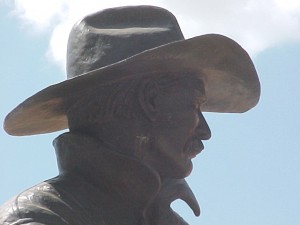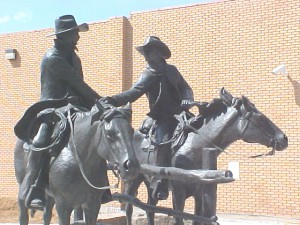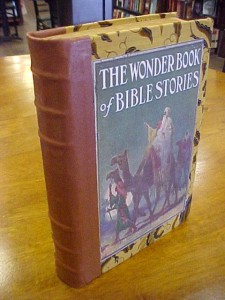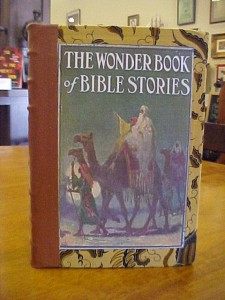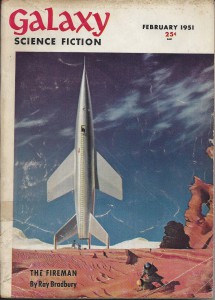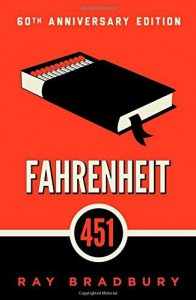There are some new Riders in the District. They’ll be sticking around for a time, so you’ll have an opportunity to see them on horseback, striking up a handshake deal over the fence rails.
It’s a big bronze, fashioned by sculptor Bradford J. Williams, who comes to Western art naturally, having been raised in Colorado amidst cattle drives and country fairs – living the cowboy life. The large-scale monument sits on the north end of the new building being constructed by Arkansas Valley Bank, or AVB as their signs identify them these days.
I’m fond of the idea of the handshake deal, and the bronze makes me think of my dealings with the local bank in McAlester when I was a young man. The new car bug had bitten and I found a little one-owner that I just had to have. My enthusiasm for it may have just caught the banker off-guard or maybe it was just the nature of small-town dealings. He didn’t ask for any collateral or down payment. “I know your Daddy,” he said, and told me to go ahead and get the car. He’d have the paperwork drawn up as quick as he could.
Just a signature was all he required. My promise that I would repay the loan.
Time was, a man’s word was his bond – something that could be trusted. That’s the spirit of the handshaking monument. It’s called “Binding Contract,” and once upon a time a handshake was better than a signature on a piece of paper. A contract might be misfiled or lost, but you can’t dispute shaking on a deal.
Our own Rose District sculptor David Nunneley has worked with Mr. Williams in the past, and aided in the recent installation of the monument. Both artists work in bronze and have statues in public spaces all across the country.
Williams – a self-taught artist – describes his western sculptures as “symbols of our need to believe that another world exists beyond that of our experience – a world that is richer and truer, a world where hard work, trust, decency and strength without excuse aren’t just rumors, but fact.”
It’s a fact that the bank’s new building is progressing nicely, and the street repair on the south edge of the property has been completed, allowing the road to be reopened for traffic. For now, you’ll have to peer through the chain-link construction fence to have a gander at the cowboys, but they’ll be out of the gate soon enough.
We’ll be open tomorrow and firing up the lunchtime chuck wagon, so…
Come visit!
McHuston
Booksellers & Irish Bistro
Rose District
122 South Main St. Broken Arrow OK!
